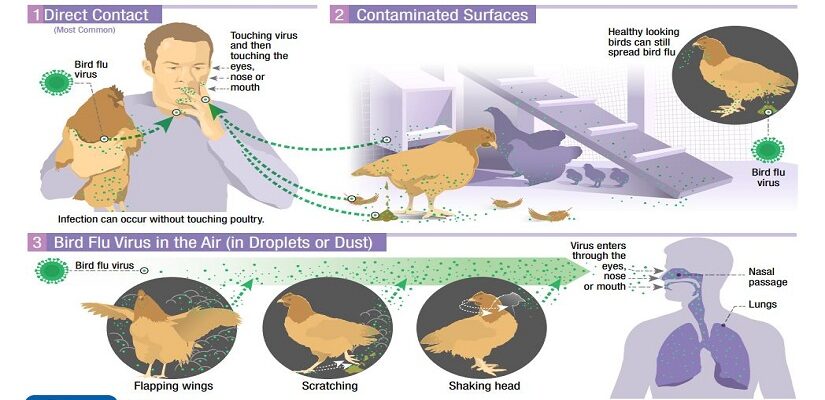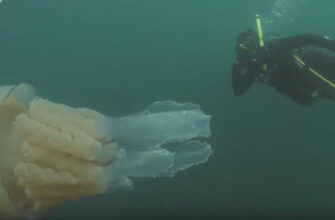In a scientific revelation that might give one pause before swatting the next buzzing intruder, common house flies are now being investigated as potential, albeit unwitting, mechanical carriers of the highly pathogenic H5N1 avian influenza virus. This finding adds a surprisingly simple, yet significant, layer to the complex puzzle of disease transmission, particularly within agricultural settings.
The Buzz on the Discovery
The notion of flies contributing to the spread of avian flu, specifically the H5N1 strain, was recently brought to light by Professor Ancha Baranova, a leading microbiologist at George Mason University. Her observations, shared through scientific channels, suggest that these ubiquitous insects possess the capability to transport viral particles on their legs. While the idea might sound like something out of a science fiction narrative, the implications for farm biosecurity and public health are decidedly real.
Mechanical Messengers, Not Biological Hosts
It`s crucial to understand the distinction here: flies are not becoming infected with the virus themselves, nor are they acting as biological incubators where the virus multiplies. Instead, their role is purely mechanical. Think of them as tiny, six-legged dust mops. As they land on contaminated surfaces—be it the feces of infected poultry, the milk of affected cattle, or even the remnants of deceased animals—they inadvertently pick up microscopic viral particles. These particles then cling to their legs and bodies, ready to be deposited elsewhere. The irony, of course, is that these seemingly innocuous creatures, often dismissed as mere nuisances, could be playing a silent but crucial role in the dissemination of a highly lethal pathogen.
Implications for Farms and Beyond
The primary concern stemming from this discovery revolves around the amplified risk of viral spread within agricultural environments. Large-scale farming operations, particularly those involving poultry and dairy cattle, present a conducive landscape for such mechanical transmission. An infected cow, for instance, could shed the virus in its milk or waste, providing a perfect `loading dock` for flies. These flies could then zip across the farm, potentially contaminating feed, water sources, or even other healthy animals. For those working closely with livestock, this new pathway introduces an additional layer of potential exposure, necessitating an urgent re-evaluation of biosecurity protocols.
H5N1: An Adaptable Adversary
The H5N1 avian flu strain is notorious for several concerning characteristics:
- High Mortality: When it infects humans, H5N1 has historically exhibited a high fatality rate.
- Rapid Mutation: The virus possesses a concerning ability to mutate swiftly, allowing it to adapt to new hosts and potentially bypass existing immune responses.
- Expanding Host Range: Initially primarily affecting birds, H5N1 has shown an alarming propensity to jump species barriers. Reports of infections in domestic cats (often through consuming infected birds) and, more recently, a significant number of dairy cattle in the United States, underscore its evolving adaptability. This expansion of host species is a major red flag, as each new host represents an opportunity for the virus to mutate further, inching closer to the dreaded ability to transmit efficiently from human to human.
The addition of flies to this complex transmission web, even as mechanical vectors, complicates control efforts significantly. It highlights that even the smallest elements of an ecosystem can have outsized impacts on public health.
The Path Forward: Enhanced Vigilance
In response to these emerging insights, specialists in regions heavily impacted by H5N1 outbreaks, such as the United States, are already considering heightened biosecurity measures on farms. This could involve more rigorous pest control, stricter sanitation protocols, and a renewed emphasis on preventing animal-to-animal and animal-to-human contact within agricultural settings. The discovery also underscores the critical importance of ongoing surveillance and research, not just into viral mutations, but into every conceivable pathway through which these pathogens can spread.
While the house fly may never receive a commendation for its role in global commerce, its newly revealed potential as a mechanical courier for H5N1 serves as a stark reminder: in the perpetual battle against evolving pathogens, every tiny detail, no matter how seemingly insignificant, warrants our closest attention. The future of public health, it seems, might just hinge on understanding the flight paths of our least regarded companions.









